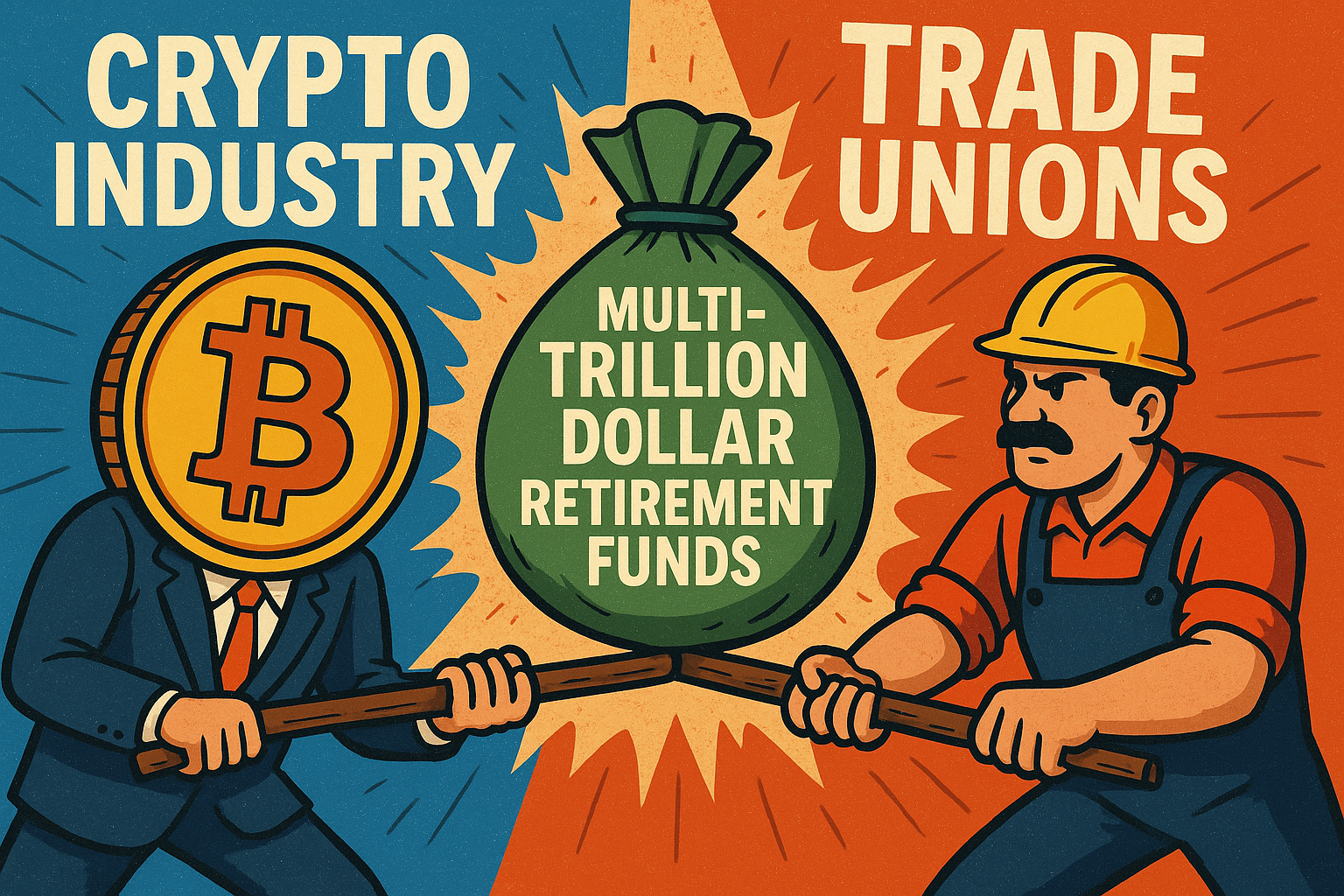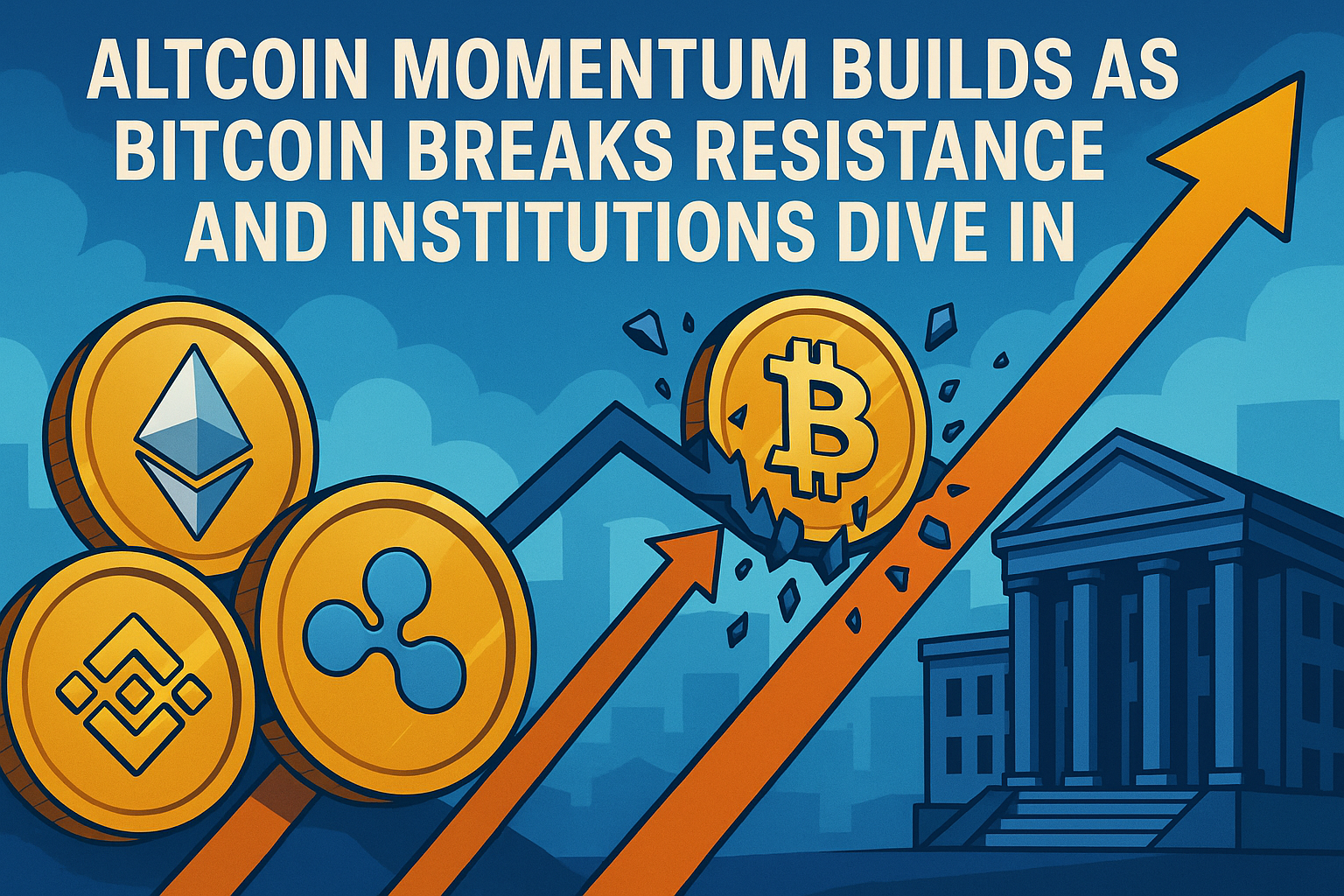Table of Contents
In the ever-expanding world of decentralized finance (DeFi), Uniswap has emerged as a trailblazer in the field of decentralized exchange design. With its innovative automated market maker (AMM) protocol, Uniswap has revolutionized the way users trade cryptocurrencies and tokens.
In this article, we will explore the evolution of Uniswap's AMM and delve into the various innovations that have propelled it to the forefront of the DeFi ecosystem. For the most up-to-date and captivating news on cryptocurrency, make sure to visit Altrix Edge and dive deeper into the realm of digital assets.
Understanding Automated Market Makers (AMMs)
Before diving into the advancements brought about by Uniswap, let's first grasp the concept of automated market makers. Traditional centralized exchanges rely on order books, where buyers and sellers place their bids and asks, determining the price of an asset. On the other hand, AMMs utilize smart contracts and liquidity pools to enable peer-to-peer trading without the need for intermediaries.
AMMs work based on a simple equation: x * y = k, where x and y represent the quantities of two tokens in a liquidity pool, and k is a constant value. This equation enables the automatic adjustment of token prices based on supply and demand, ensuring that the pool remains balanced.
Uniswap V1: Pioneering the AMM Concept
Uniswap's journey began with the launch of its first version, Uniswap V1, in November 2018. It introduced a groundbreaking approach to decentralized trading, utilizing an entirely on-chain protocol. Uniswap V1 allowed users to provide liquidity to token pairs and earn fees based on the trading activity within the pool.
One of the defining features of Uniswap V1 was its equal-weight token pools, which ensured that any trade executed on the platform would have a minimal impact on the token price. This approach eliminated the issue of slippage commonly faced in centralized exchanges.
Uniswap V2: Enhanced Functionality and ERC-20 Tokens
Building upon the success of its initial version, Uniswap released Uniswap V2 in May 2020. This update brought significant enhancements and expanded the capabilities of the platform. Most notably, Uniswap V2 introduced support for ERC-20 tokens, enabling a wider range of assets to be traded on the platform.
Uniswap V2 also introduced the concept of "flash swaps," allowing users to borrow tokens from the liquidity pool without providing collateral, as long as they return the borrowed tokens within the same transaction. This innovation opened up a plethora of possibilities for developers and traders, fostering the growth of DeFi applications built on top of Uniswap.
Uniswap V3: Concentrated Liquidity and Range Orders
The most recent iteration of Uniswap, Uniswap V3, introduced an entirely new approach to liquidity provision. With the introduction of "concentrated liquidity," liquidity providers gained the ability to concentrate their funds within specific price ranges. This update significantly increased capital efficiency, as liquidity could be allocated precisely where it was most needed.
Moreover, Uniswap V3 introduced "range orders," allowing users to specify price ranges in which they are willing to trade. This feature, combined with concentrated liquidity, provided users with more control over their trades and enhanced the overall trading experience on Uniswap.
Uniswap's Impact on DeFi and the Future
Uniswap's relentless pursuit of innovation and commitment to decentralization has made it a cornerstone of the DeFi landscape. Its user-friendly interface, combined with robust smart contract architecture, has attracted a significant user base and propelled the adoption of decentralized exchanges.
As the DeFi ecosystem continues to expand, Uniswap is well-positioned to maintain its dominance. With ongoing development efforts and community support, Uniswap is expected to introduce further advancements, such as scalability improvements and reduced gas fees, making decentralized trading even more accessible and efficient.
Conclusion
Uniswap's AMM evolution has undoubtedly left a lasting impact on the world of decentralized finance. From its pioneering equal-weight token pools in Uniswap V1 to the introduction of concentrated liquidity and range orders in Uniswap V3, each iteration has brought valuable innovations to the table. As the DeFi space continues to evolve, Uniswap's dedication to providing decentralized and user-friendly trading solutions sets it apart from its competitors.
With its solid track record and ongoing development, Uniswap is well-positioned to lead the charge in shaping the future of decentralized exchange design. For those looking to dive into the world of decentralized finance, Uniswap remains a go-to platform, offering a seamless trading experience and a thriving ecosystem of tokens and liquidity. Join the Uniswap revolution and experience the power of decentralized trading firsthand.






